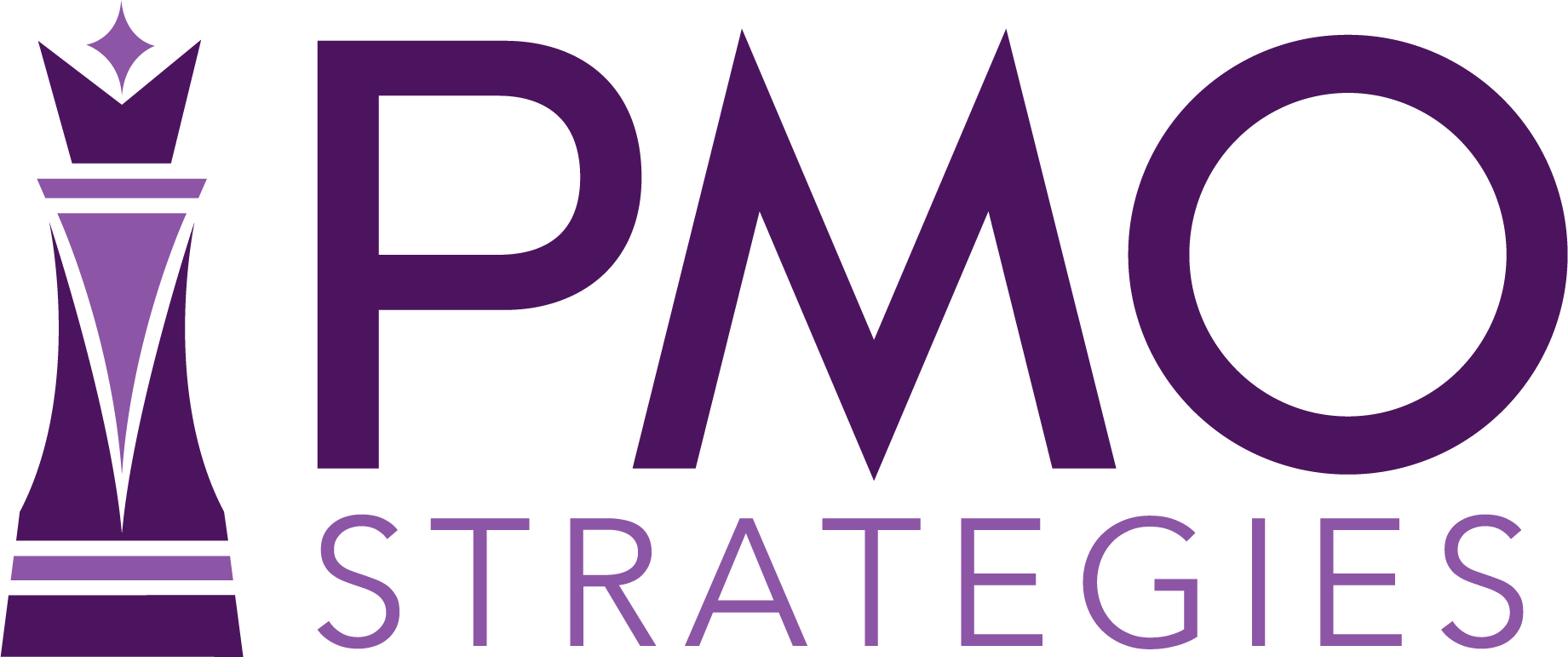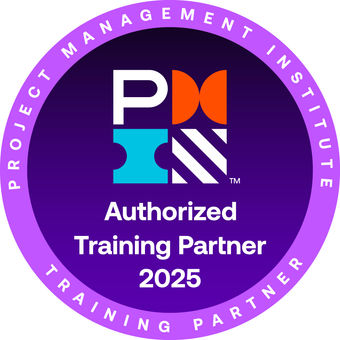You know that feeling when you have made a difference in someone’s life? Do you know that high of having an impact through your service to others? I do and it’s absolutely amazing! Have you had that feeling when working with your team, your clients, or your business partners? If not, it might be that you are struggling with bringing those team members along with the change/project you are trying to create. For me, I get exhausted when I feel like I’m Sisyphus pushing a boulder up the hill, just to have it roll back down. Trust me, I’ve felt that feeling all too often when I was trying to implement PMOs for organizations for 15 years. It’s not fun.
But, I crave that feeling of being useful to others and as a result, I had to learn ways to help people through a transformation process. I’ve developed several techniques to ensure that I am as impactful as possible when helping organizations through change and want to share a few of them with you.
The key is using a change management technique I refer to is doing change with them, not to them. You must help them understand that this process is a journey and you have to take it with them.
Here are a few of my best practices:
- Give them what they want before you give them what they need.
As my colleague Mike Hannan says, “You have to answer the mail.” If you don’t, they won’t listen to you when you try to give them the things that you know will help them have even greater success. We often think to ourselves, “I was hired as an expert in my field, I know what’s best for them” and you might…but they are very unlikely to hear you until you have built enough credibility with them by showing them that you can deliver on the things they want done. Then you earn enough of their trust to suggest the things that will help them improve…the things you know they need.
- Hear them and show them that you have heard them.
People want to be heard and understood. In order for you to bring them along on a journey of change and high impact, you need to start with listening. Many leaders will do a lot of talking or explaining when what is really needed is just some good old fashioned shut up. I know that I used to be guilty of this. I would want so desperately for those that worked with me to understand why something was a certain way that I would forget to listen for the underlying tones of what they wanted to convey. Make sure you don’t respond to feedback by explaining.
When someone is showing courage and trying to share their concerns or expectations with you, just zip it and listen…and learn. Then, when it’s your turn to engage, DO NOT justify or explain your actions or thoughts. Start by showing them you hear them and understand them by reiterating what you heard. Then, ask more probing questions until you AND THEY feel you have a thorough understanding of their perspective. Once you’ve done that, you can ask them how you could help them understand your perspective or clarify your intentions and expectations. They may not be ready for it (and as impossible as it sounds, you need to be ok with that for now) or they may want to ask questions that you can answer. That keeps them in the driver seat and keeps the conversation open. If you immediately respond to them with explaining your point of view, they will see it as defensive (even if you are not trying to be) and the conversation shuts down.
- Help them focus on the most important priorities.
Focus is something that many leaders struggle with regularly. Those that have it are easy to pick out. They are usually doing something like this exercise I suggest in the One Hour Manager blog post and they always seem to look super calm and have their act together. It can be an incredible feeling to have your act together for your day!
All too often, we let ourselves get caught up in the minutia of the urgent, leaving no time to focus on the important. It is way too hard to concentrate if you are constantly being interrupted by “urgent” emails and phone calls or visits to your office. Find and make time for the things that matter most. Simply put, they won’t get done otherwise. AND, if they are truly the most important, why the heck are you doing anything else? I love the concept my colleagues Karin Hurt and David Dye refer to in their book Winning Well. They call it your MIT: Most Important Thing. Make sure you help them think about their MIT everyday. Doing so will help them get off the vicious cycle of priorities getting shelved while minutia gets accomplished.
- Help them handle shifting priorities.
Don’t you hate it when your priorities shift at work? You finally had things figured out and now your boss has gone and sent you in a different direction. Yuck.
Well, sorry. That’s life.
We deal with shifting priorities every day. You might be busy at work or running errands and you get a call from your child’s school. They are sick. Priorities shifted. You lose your job. Bam, shifting priorities, fast! You find out you are having a child, definitely a shift happening. Or even the day to day mundane, you get this killer craving for pizza. Now you are headed to the pizzeria instead of whatever else you had planned…shoot, I didn’t get to pick up the dry cleaning! 🙂
What you are doing is moving forward with the information you have at the time and making the best decisions possible on what to focus on at that time, with that information. When the data shifts or something isn’t working, the smart business leader makes a shift. It happens. And it should.
Our role as business leaders is to help those we work with understand the necessity of shifting priorities and help our colleagues and our team rally around the priority shifts.
- Constantly remind them that change is a journey, an evolution, not a revolution.
Sometimes it’s our own sense of urgency that drives us to want to flip a switch for change. Let’s make something happen RIGHT NOW. Totally get it. I’m not very patient, myself. However, no change is an overnight thing, even when it’s an overnight thing. There is always a period of time of adjustment for human beings when a shift has happened. The faster the shift, the harder the adjustment.
All too often, leaders will come into an organization trying to fix too much or change too much at once and it becomes more than an organization can digest. They do what my colleague, Heath Suddleson calls “organ rejection” where the change (or even worse, the person) is rejected by the organization because it wasn’t a good fit. If you treat change like an evolutionary process, it’s almost like they don’t even know it’s happening, therefore they are less likely to resist the potential threat of a shift. Even when a change is good for someone, that doesn’t mean that they will think so.
I encourage you to check out this post to learn more about easy techniques for leading people through change: People are NOT resistant to change
If you take the time to bring people with you through the process of creating impact, you will see the results you desire and you will feel that high that makes all of the work worth the effort.
I’d love to hear about your techniques for being high impact and helping people through change. Connect with us online on Twitter or respond directly to this post and share your story!
Thanks for taking the time to read this article.
Click here to receive these blog posts right to your inbox.
Fill out our one-minute survey if you have topics you would like read more about.
I welcome your feedback and insights. Please leave a comment below.
See you online!
Warmly,









